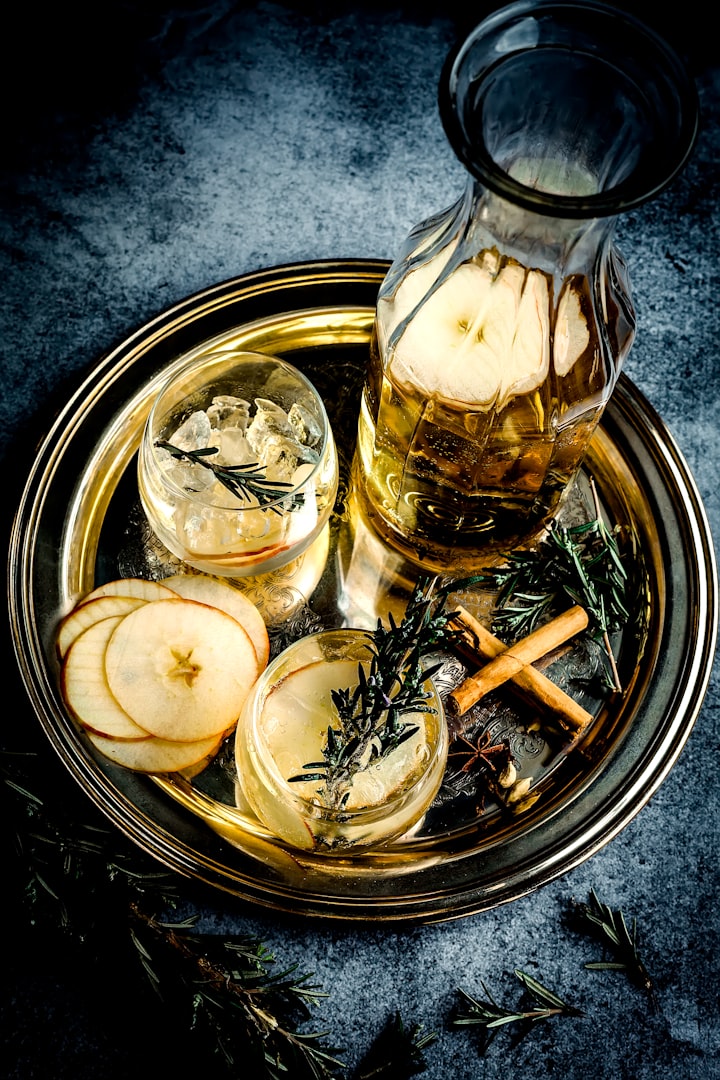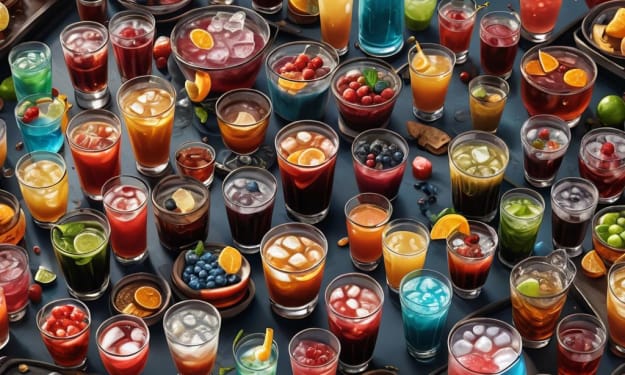
The snow has only barely melted, but the daffodils are already about to bloom in my front yard. I’m taking it as a sign that spring is getting just as antsy as I am. However, the cold still has some last gems to offer, and I am going to squeeze this one for all it’s got. I’m talking about winter apples.
Apples have three harvests. Early season peaks in late summer, mid season peaks in early autumn, and late season peaks in late autumn, though it can go through early winter. These late season apples are the best for storage, and keep well in the cold. They are the ones that stay fresh in the larder through the winter, hence their very practical name. Apples aren’t going to be this good again until well after Labor Day, so this is the time to preserve their flavor into a liqueur that can tide you over til then. Pies and ciders may be just the ticket in the fall, but nothing says spring like enjoying a refreshing drink under the first apple blossoms of the year.
This is a classic recipe for Homemade Apple Liqueur from American artists and authors Donna and Mel Meilach. The exact type of apple is up to you, but I recommend something high in natural sugars. This time of year, Fujis and Pink Ladies are a good bet and should be readily available in your local grocery store
Apple Liqueur
Yields: 1 large bottle
Ingredients
2 1/2 lb apples
2 c vodka
2 c brandy
1 1/2 c sugar
3/4 c water
Instructions
1. Cut apples into wedges, put in a large, wide-mouth jar, at least a gallon size. Pour vodka and brandy over apples.
2. Cap and age in a cool place for one month.
3. Strain and filter.
4. Combine sugar and water in a saucepan, boil, cool.
5. Combine liqueur and syrup into aging container, age for a month.
6. Strain as needed.
Before we get to the fun stuff, let’s analyze the foundational practices used in their liqueur recipe. Sweetening and flavoring turn a liquor into a liqueur. Take any spirit, infuse and add sugar, and you’ve got a liqueur. What we’re looking at here is a pretty cut and dry example of that equation.
Step one and two in their recipe is the infusion process. Fruits with delicate flavors generally take better to lower proof extractions. Apple skins (Fujis in particular) do contain tannin, and higher proof extractions will pull more of them into your infusion, giving you a bitterness that you probably don’t want. Stick to your standard 80 proof vodka (40% ABV) for this recipe rather than opting for high octane neutral grain spirits like Everclear. The suggested time of one month will be plenty of time to pull the flavor from the apples gently into the spirit. As long as your fruit is completely submerged under alcohol, your infusion will be safe from spoilage. Low light and cool but not cold temperatures are ideal for the duration of your infusion.
Steps 4 and 5 comprise the sweetening process. They are using a 2:1 sugar to water ratio for their syrup, commonly referred to as rich simple syrup. I’m reminded here of the single most useful piece of cooking advice I have ever received, which comes from a chef I worked with in New York named Sam. His mantra is this: water is the enemy of flavor. The application of this truism is pretty straightforward in the kitchen, but becomes a touch more complicated behind the bar. Water plays an essential role in cocktail making. Diluting a spirit softens the harsh taste of alcohol and allows hidden nuance to shine through. However, too much water leaves you with a bland mess. Think of any drink drowning in melted ice and you’ll know exactly what I mean. Using rich simple syrup rather than normal 1:1 simple syrup means you start the cocktail process with less water in your initial build, which gives you a buffer when you add ice and helps you achieve more chill without sacrificing flavor. The dense viscosity also lends itself to a heavier, more luxurious mouthfeel in your finished drink.
Excluding juices, virtually all homemade cocktail elements are variations on these two methods of flavor extraction. Spirit infusions allow for cold extraction, whereas syrup infusions can take heat. Once you determine which option best highlights your base ingredients, you can turn anything into a cocktail. So let’s dive in! In my next post, we’ll explore some ways to put your apple liqueur to good use. I’ll share how a healthy fascination with literature, folklore and mythology serves as my inspiration for my cocktail development process. You’ll have the tools to start coming up with your own delicious recipes in no time.
About the Creator
Karen Li
Just a down on her luck bartender looking for inspiration. You know the story.






Comments
There are no comments for this story
Be the first to respond and start the conversation.